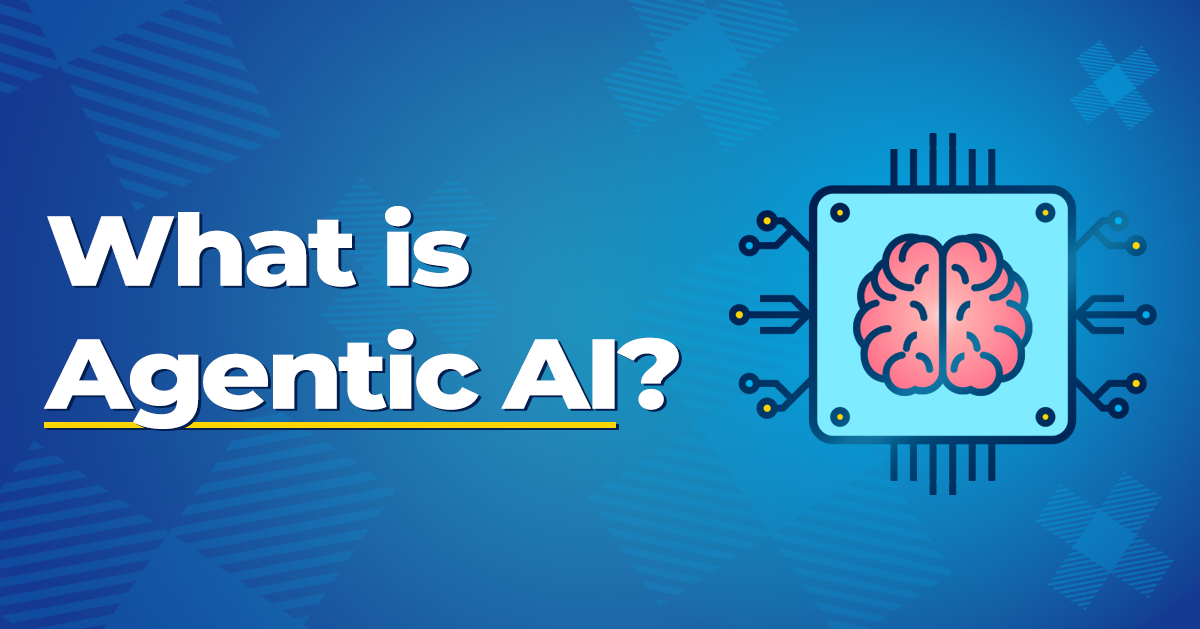
Artificial intelligence is transforming how organizations operate, but unlocking its full potential depends on one critical skill: Prompt Engineering.
Whether you’re streamlining workflows, modernizing legacy systems, or exploring automation, understanding the language behind AI interactions is essential. Clear communication helps teams avoid common pitfalls, improve accuracy, and achieve consistent results.
To make this emerging discipline approachable, we’ve created a practical glossary of key prompt engineering terms — complete with concise definitions and real-world examples. This resource is designed for both technical and non-technical teams across state agencies, government organizations, and enterprises, providing insight into how AI models interpret instructions and deliver outcomes.
- Prompt
- Zero-shot Prompting
- Few-shot Prompting
- Chain-of-Thought Prompting
- Instruction Tuning
- Temperature
- Top-p (Nucleus Sampling)
- Token
- Context Window
- System Prompt
- Grounding
- Hallucination
- Embedding
- Retrieval-Augmented Generation (RAG)
Prompt
The input text or instruction given to an AI model to guide its response. It may be a question, command, or contextual passage.
A train travels 60 miles/hour. How far will it go in 3 hours?
→ 180 milesWhy it matters: Well-crafted prompts yield clearer, faster results and reduce the need for repeated edits.
Zero-shot Prompting
Giving a model a task without any examples — relying on its general knowledge to perform correctly.
Calculate the distance a train travels in 3 hours at 60 miles/hour.
→ 180 milesWhy it matters: Fast to write, but can be less reliable for tasks requiring a specific format or style.
Few-shot Prompting
Providing a few examples in the prompt so the model can infer the desired pattern or output style.
1. 60 miles/hour × 2 hours = 120 miles
2. 60 miles/hour × 4 hours = 240 miles
Now: 60 miles/hour × 3 hours = ?
→ 180 milesWhy it matters: Improves consistency and formatting for outputs where structure matters.
Chain-of-Thought Prompting
Encourages the model to reason step-by-step before giving a final answer.
Let’s think step by step:
1) The train travels 60 miles in 1 hour.
2) In 3 hours it travels: 60 × 3 = 180 miles.
→ 180 milesWhy it matters: Great for complex reasoning tasks; helps reduce multi-step errors.
Instruction Tuning
Training models on curated datasets so they follow user instructions more reliably.
Prompt: "Explain how to calculate distance using speed and time."
Model: Provides a clear, structured explanation.Why it matters: Makes models more predictable and aligned with user intent.
Temperature
Controls randomness in output. Lower values produce deterministic results, while higher values increase creativity.
Low temperature → "180 miles."
High temperature → "The train might travel around 180 miles, assuming constant speed and no stops."Why it matters: Helps teams balance creativity vs. precision.
Top-p (Nucleus Sampling)
Limits token selection to a subset with a cumulative probability threshold, controlling creativity differently than temperature.
Top-p sampling filters out unlikely words, keeping responses coherent. Ex. The train will travel approximately 180 miles.Why it matters: Offers fine-grained control for output reliability.
Token
A unit of text (word or subword) used by models to process input and generate output.
The sentence, "How far will the train go?" might be split into tokens like → ["How", "far", "will", "the", "train", "go", "?"]Why it matters: Token counts affect cost, speed, and model limits.
Context Window
The maximum number of tokens a model can consider at once. Determines how much history or document context can be included.
If the prompt includes a long explanation or multiple examples, only the last 128k tokens (for GPT-4) are considered, earlier text may be ignored.Why it matters: Crucial when selecting models for long documents or conversations.
System Prompt
A pre-instruction that defines the model’s behavior or persona (e.g., “You are a helpful math tutor”).
System: "You are a helpful math tutor."
User: "Explain the train problem."
→ Model responds in a teaching/tutor style.Why it matters: Ensures consistent tone, structure, and safety constraints.
Grounding
Anchoring AI responses in factual or external data sources to improve accuracy.
Model checks a physics formula or real-world train data before answering.Why it matters: Essential for accuracy in regulated or public-sector environments.
Hallucination
When a model generates incorrect or fabricated information that sounds plausible.
Incorrect: "The train travels 300 miles in 3 hours."Why it matters: Recognizing hallucinations is key to safe AI adoption.
Embedding
A numerical vector representation of text used for semantic search, similarity, and clustering.
The phrase "train speed problem" is embedded and matched with similar math problems.Why it matters: Powers search, classification, and RAG systems.
Retrieval-Augmented Generation (RAG)
Combines AI generation with retrieval of external documents or databases to ground responses in real information.
Model retrieves a reference explaining speed × time = distance before answering.Why it matters: Reduces hallucinations and increases trustworthiness.
AI isn’t a distant concept — it’s already reshaping how organizations work. By understanding the fundamentals of prompt engineering, teams can improve communication, minimize errors, and build more consistent, reliable AI-driven processes.
At The Canton Group, we partner with organizations to adopt AI safely and strategically. Whether you’re exploring automation, planning system modernization, or evaluating governance frameworks, our team provides guidance every step of the way.
Ready to take the next step? Contact The Canton Group to start the conversation.



